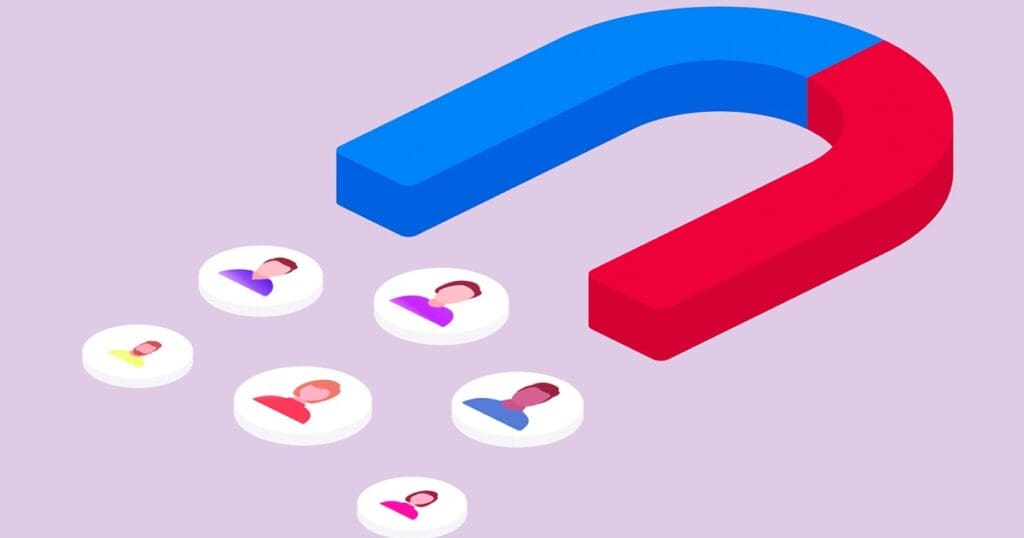Introduction
In the dynamic world of startups, while acquiring new customers might seem like the ultimate goal, there’s an equally vital metric that often doesn’t get the spotlight it deserves: Retention.
Retention gauges a startup’s ability to maintain its customer base over time. High retention rates are indicative of satisfied customers, long term growth, and a alignment with customer needs. When retention increases, it indicates that users have found value in the product becoming a loyal audience.
In this blog post, I’ll show three different methods to measure customer retention and to forecast it.
Are you ready? Let’s get started! 🙂
Why Customer Retention Matters
Customer retention is a company’s ability to retain its customers over time. It’s a percentage-based metric measuring how many customers are retained by the end of a given time period.
In the startup ecosystem, the broken basket is a metaphor for businesses failing to retain their customers due to premature scaling. This is an example to show the critical importance of retention. Indeed, this pitfall happens when a startup scales up without achieving product market fit, finding a profitable growth model, building a scalable operation with low retention rates.
On the other hand, a positive customer retention rate shows how well a startup can keep customers coming back to use its platform or services over time. It’s an indicator of steady growth in the long run and a good match between the product and the market.
While customer retention is vital for a startup’s success and expansion, growth teams should also dedicate effort to attract new users every day. Only a fraction of these daily new visitors will revisit the product.
1. N-Day Retention
N day retention is a widely-used method that gauges how many users return to your product on a specific day. It’s essential to note that this retention curve displays the weighted averages of all retention figures from Day 0 to Day 30.
The weighted arithmetic mean accounts for the number of individuals in each cohort on a daily basis. This ensures that the final outcome considers the count of users who registered with the app during the retention timeframe.
Refer to the chart provided below. Counting always initiates from Day 0, marking the day when you achieve 100% new users engaging with your app. By Day 1, only 27% of the prior day’s new users return. There’s another notable decrease on Day 7, plummeting to 10%, after which the curve stabilizes.
N Day retention is particularly effective for apps like games, fitness trackers, eLearning platforms, or any application aiming to cultivate a daily user routine.

Source: Clevertap, App Retention Curve, E. Bonnie.
2. Unbounded Retention
Unbounded retention, often referred to as rolling retention, indicates the proportion of users who returned on a specific day or any subsequent day. To put it differently, unbounded retention essentially represents the flip side of the Churn Rate. When you evaluate the opposite of your unbounded retention, it reveals the exact number of users who engaged with your app on Day 0 and never came back.
For products that don’t hinge on daily user interaction, like apps for groceries, hospitality, or flights, this approach to measuring retention might offer more insightful data.
3. Bracket Retention
After gaining insights into your users and their anticipated usage behaviors, you can delve into bracket retention. This method is a refined variation of N day retention, allowing you to segment your assessments into tailored intervals, be it several days, weeks, or even months.
- Day 0 (one day)
- Day 1-3 (three days)
- Day 4-6 (three days)
- Day 7-11 (five days)
Forecasting Retention
There are various methods to predict retention. So, what’s the most straightforward approach? Let’s consider a given retention chart. Starting from Day 12, we observe a consistent pattern.

Source: Amplitude, 2020
Given 30 days of historical retention data, we can project future values in this manner::
- We can estimate the retention forecast up to day 100.
- Step 1. Determine the average decline in daily retention within the third segment of the chart, spanning from day 12 to day 30. We begin with day 12 due to the observed stabilization or plateau from that point onward.
- Step 2. Deduct the retention of Day 30 from that of Day 12 and then divide the outcome by 18.
Conclusion
In this practical and insightful blog post, I delved into the critical role of retention for startups. The retention rate isn’t just a number; it’s an essential indicator for any product designed for consistent use. I walked through three distinct ways you can use to measure the retention rate for your startup. Securing long-term retention is imperative for any product aspiring to attain a strong product-market fit.
Bibliography
GoPractice. (2023, April 3). Retention: how to understand, calculate, and improve it.
Govindan, G., Baig, M. R., & Shrimali, V. R. (2021). Data Science for Marketing Analytics: A Practical Guide to Forming a Killer Marketing Strategy Through Data Analysis with Python. Packt.
Shiu, A. (2016, August 11). 3 Ways To Measure User Retention. Amplitude.
Wickham, H., & Grolemund, G. (2017). R packages: Organize, test, document, and share your code. O’Reilly Media.
Zaki, M. J., & Meira Jr, W. (2014). Data mining and analysis: Fundamental concepts and algorithms. Cambridge University Press.



Leave a Reply